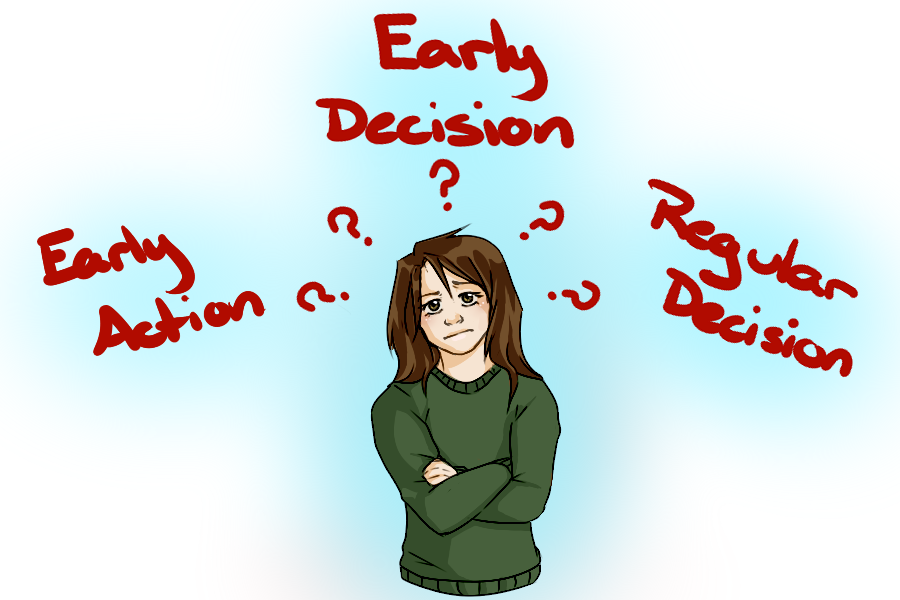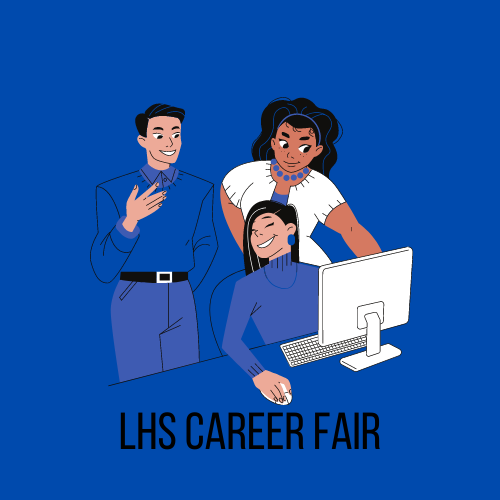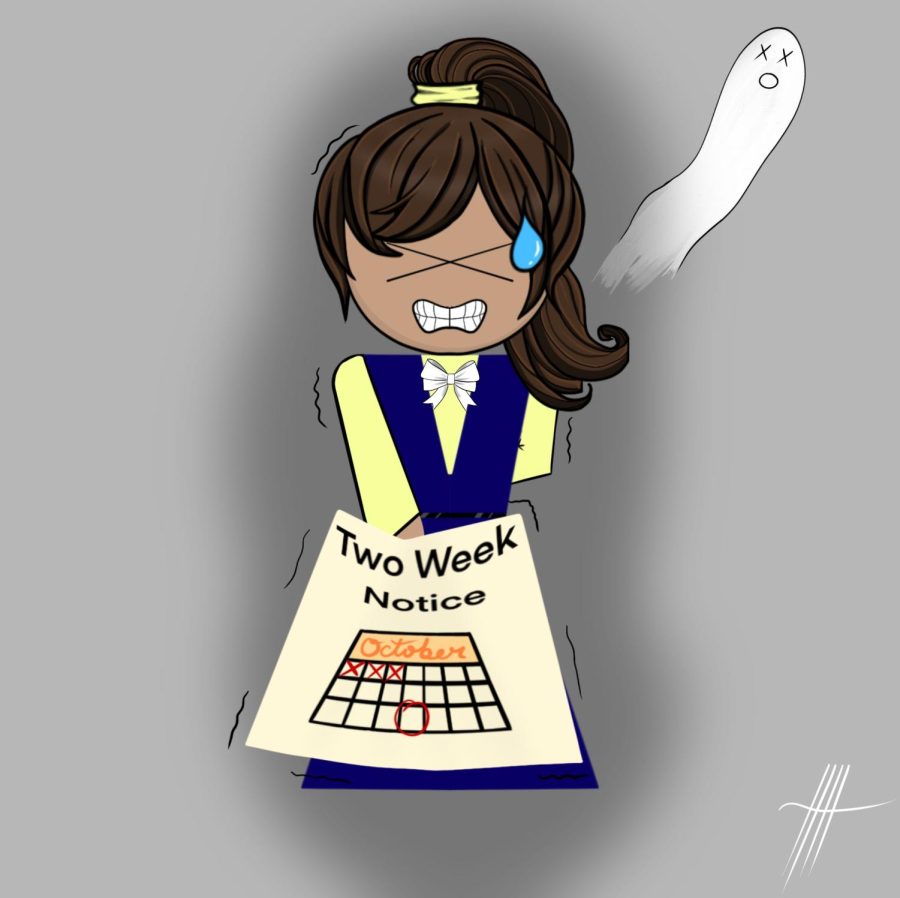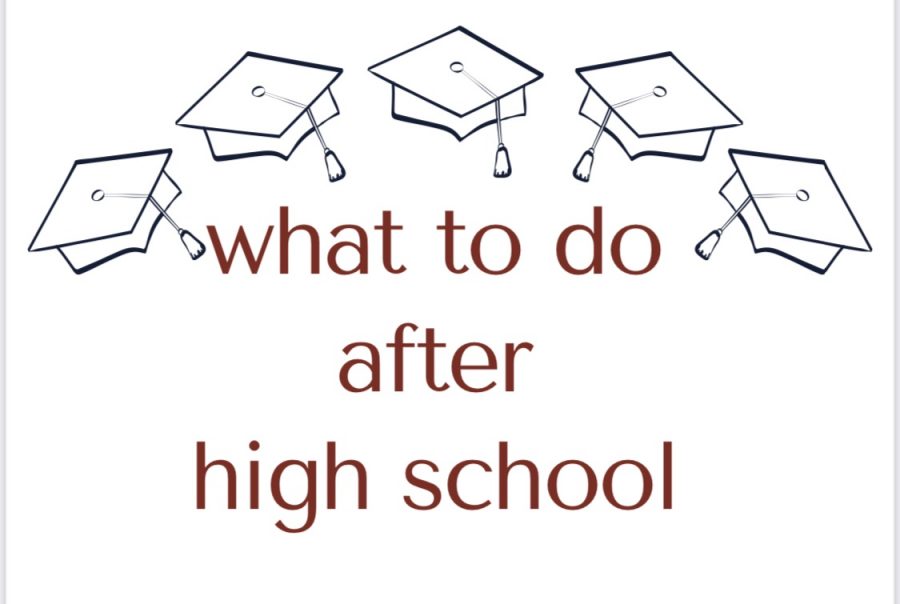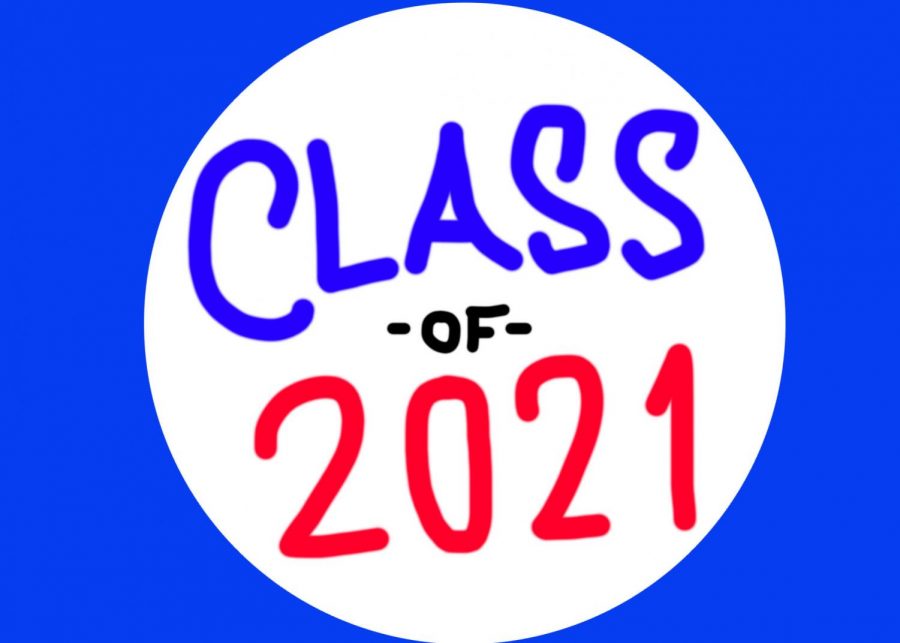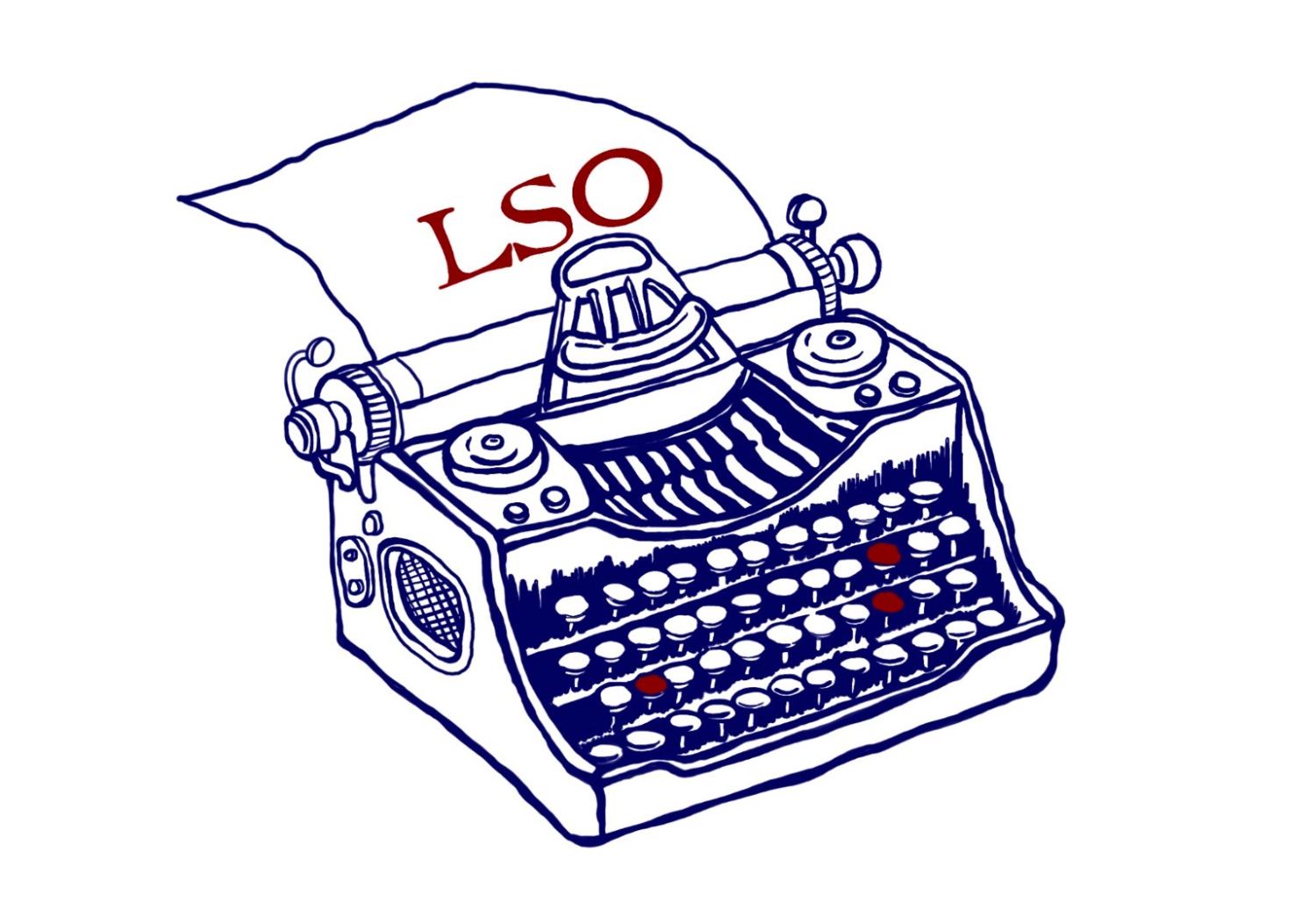Seniors, you’ve started your college applications. You’ve linked your Naviance to your Common App. Naviance asks you to input which kind of application you are submitting, and you think, Okay. So I just have to click on “regular” or “early.” Easy enough.
And then you get this screen.
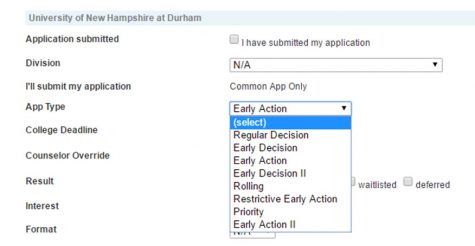
If you are anything like me the eight different options, not to mention the different terminology each college uses is confusing. Then there is the whole other battle of deciding which choice is the best for you.
Here is a breakdown of what each term actually means and the pros and cons of each.
Early Action
This is a non-binding early admission usually due sometime in November. Non binding means there is no commitment to the school. If you get in you don’t have to go there.
Pros: You find out admittance sometime in December which means you don’t have to stress about it until March like regular decisions. Because the decision is not binding you can apply to other schools at the same time.
Cons: You have to have your application, recommendation letters, and transcripts ready to go two months early. If you are applying to a lot of colleges that require supplemental materials it is hard to get everything done and keep up with your regular school work.
Early Action II
This is also a non binding admission, but the deadline is sometime in January instead of November.
Pros: You find out your acceptance a few weeks after you apply, which again means less time to stress. You can also submit your regular decision applications at the same time, so you have a backup plan if you do not get in.
Cons: Many schools do not offer Early Action II. If your schools do offer Early Action II, they recommend you apply.
Early Decision
This is a binding application, usually due sometime in November. By applying you are promising to attend if you are accepted. You can still apply to other schools at the same time as long as they are not binding, but you must withdraw your applications if you are accepted to your ED school.
Pros: If the school you apply to is your top school it is a great way to show you are serious about attending. There is also a slightly higher percentage of students to get accepted early that percentage that get accepted via regular decision. You find out in the middle of December if you were accepted to the school, leaving time for you to apply regular decision to other schools if you didn’t.
Cons: Application readers usually look harder at early decision applications. They are more critical of accepting people before they see the majority of the applicants. Similar to the cons of Early Action, it is hard to assemble a great application early and keep up with your school work.
Early Decision II
This is a binding application that is usually due sometime in January. It is a binding application and students usually find out admittance sometime in March.
Pros: Again, it might be a good idea to apply early decision to your top school to show your interest. Because the deadline is later you also have more time to put together a great application.
Con: The decision is binding. You cannot shop around colleges or decided based on how much financial aid each school gives you. For a lot of students, this is a financial burden.
Regular Decision
This is the standard application, usually due sometime in January or February. It is non binding and you find out admittance sometime in March.
Pros: The application is due later in the year so you have more time to put the application together. You also have more options on deciding to go to that school if you get admitted.
Cons: You are applying with thousands of other students which makes it harder for your application to stand out. If you haven’t applied early to any school, you could have a lot of applications due at the same time, which is stressful.
Restrictive
This type of application is a bit more complicated. It is an early non binding application, but students are not allowed to apply to any other private school’s early admittance. The exceptions to this are for students applying outside the US, a rolling admission, a public school non binding admission, or a ED II admission where admittance is learned after January 1.
Pros: By applying via restrictive admissions, you are showing an interest in the school. The application is non binding meaning if the school admits you but doesn’t give you a lot of financial aid you can apply elsewhere. However, if you are admitted, and receive financial aid, you do not have to apply to any other colleges.
Cons: The application stipulates that you not apply early to any other schools. If the school is not your top choice it might not be a great idea to apply restrictive to it.
Rolling
This is a non binding application with no deadline. Applications are viewed as they are submitted. The applications are decided upon and students are accepted until all the spots are gone.
Pros: With no deadline, you can apply on your own time. This ensures that your application is the best it can be as you will not have to worry about meeting the deadline.
Cons: If you submit your application too late there might not be a space left for you. It is a good idea to submit the application when it is done, but not dwell on it so much there are no spaces left for you.
Priority
Some colleges offer an option to apply with priority or VIP admissions. They usually contact the students. The application usually says that there is no application fee, or essays, and admittance is decided sooner.
Pros: No application fees or essays means a whole lot less stress for you. You also get to find out whether or not you were admitted a lot sooner.
Cons: Just because the college reached out to you does not mean you are going to be accepted. By offering priority admissions colleges are able to get more students to apply, and can therefore reject more students. If the school is one you would’ve applied to regular decision, it might be a good idea to apply priority, but if you are just applying because the college invited you, you might not want to.
Unfortunately, the terms found on Naviance do not apply to all colleges. Nor do all colleges use the same terminology found above. To make the best decision for you, research all your options specifically for each of your schools. It might be a good idea to call the admissions office or get more advice from your guidance counselor. The point is, applying to college is a big deal, be informed before you make decisions.


